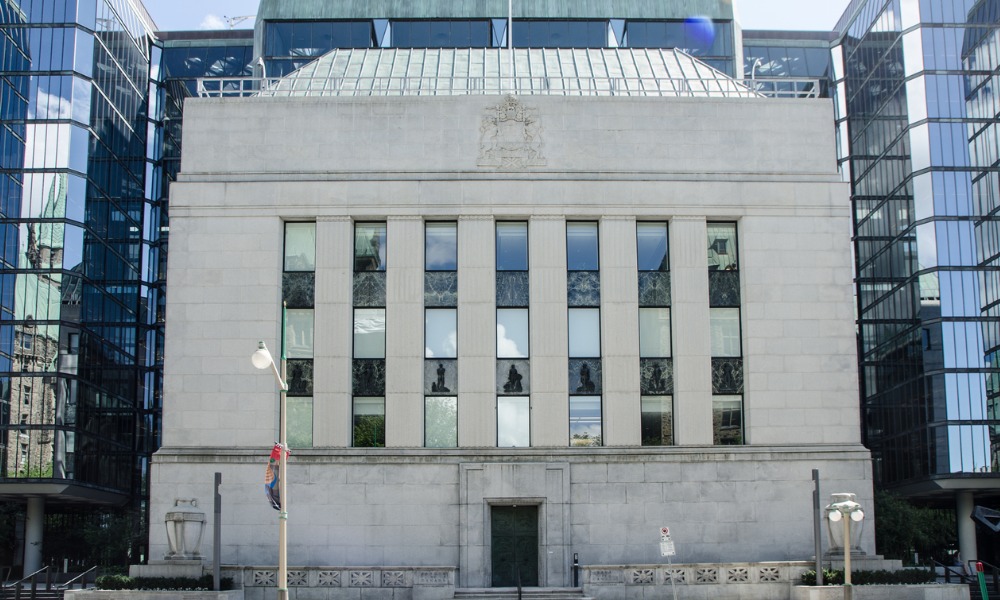Speculation rife over potential June cut

Bank of Canada officials are considering rate cuts within the year, contingent on the economy evolving as forecasted.
This perspective emerged from a summary of discussions preceding the March 6 rate decision, where the policy rate was maintained at 5 percent for the fifth consecutive session.
Despite the potential for cuts, Governor Tiff Macklem and deputies are cautious about reducing borrowing costs prematurely, particularly with the impending spring housing market activity.
The consensus among the governing council members is that rate cuts could be justified later this year if economic conditions align with the bank's projections. However, opinions vary on the exact timing for sufficient evidence to warrant such action and the risks associated with the economic outlook.
Recent statistics have intensified the conversation around the timing of rate reductions. A notable decline in inflation was reported by Statistics Canada, with the Annual Consumer Price Index inflation dropping to 2.8 percent in February from 2.9 percent in January.
This consecutive decrease has fueled speculation among Bay Street analysts about a potential rate cut as early as June, with financial markets estimating a 60 percent likelihood based on Refinitiv data.
The Bank of Canada's contemplations on monetary policy adjustments parallels the US Federal Reserve's recent indications of expected rate cuts in 2024. While the Fed maintained its benchmark rate, its projections hinted at a more dovish approach than many anticipated, considering the resilience of the US economy.
The Bank of Canada's summary offers insights into the central bank's views on the housing market, underlying inflation, and wage pressures. There's particular concern that a springtime resurgence in the real estate market could delay the decline in CPI inflation back to the 2 percent target.
Persistent inflation might necessitate a more prolonged restrictive monetary policy.
Shelter inflation, primarily driven by rising mortgage interest costs and rental prices, presents a significant challenge. This inflation is partly attributed to the imbalance between housing supply and population growth, a situation that interest rate adjustments alone cannot resolve.
The summary also sheds light on the bank's broad interpretation of “underlying inflation,” including various measures beyond the traditionally emphasized CPI-trim and CPI-median. With upcoming rate decision meetings, such as the one on April 10, the bank's strategy will be closely watched for its impact on inflation, the housing market, and the broader economy.



